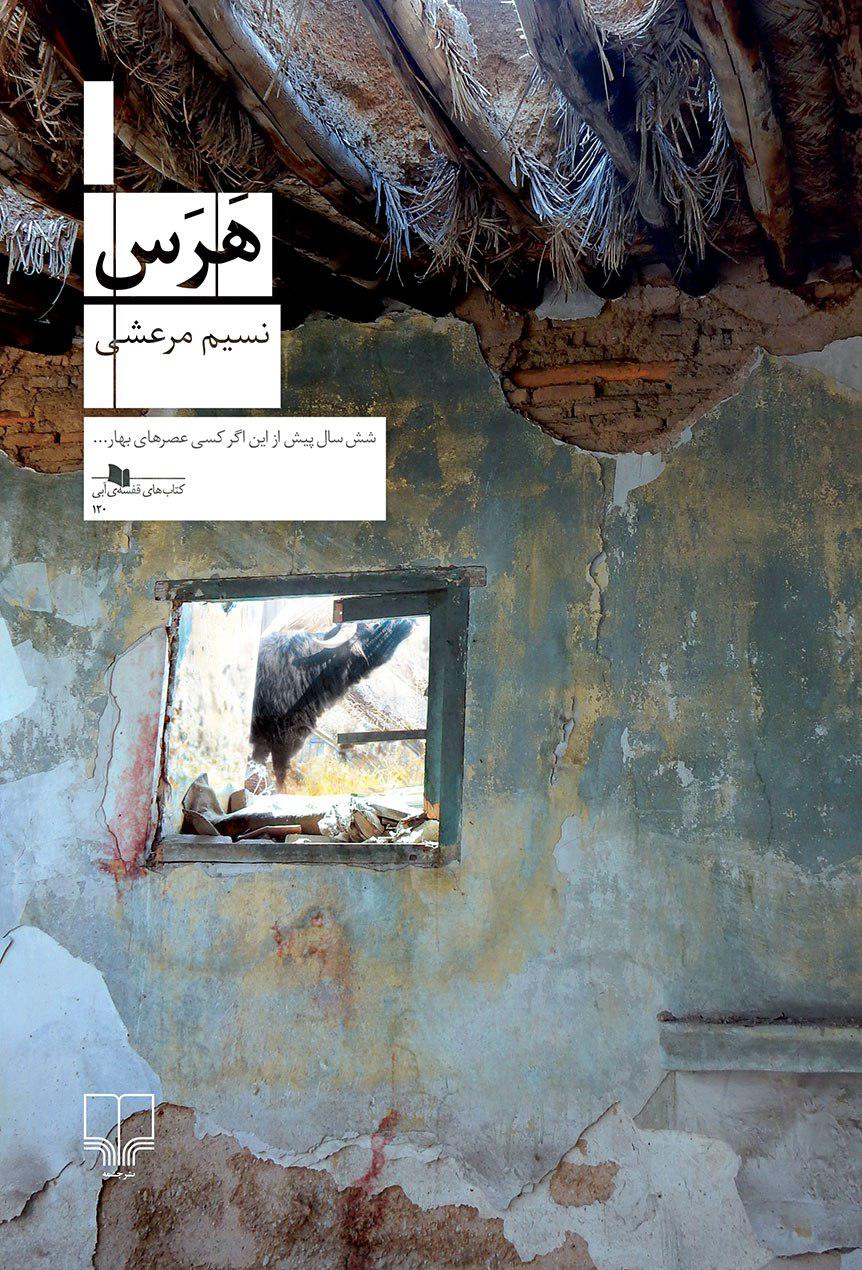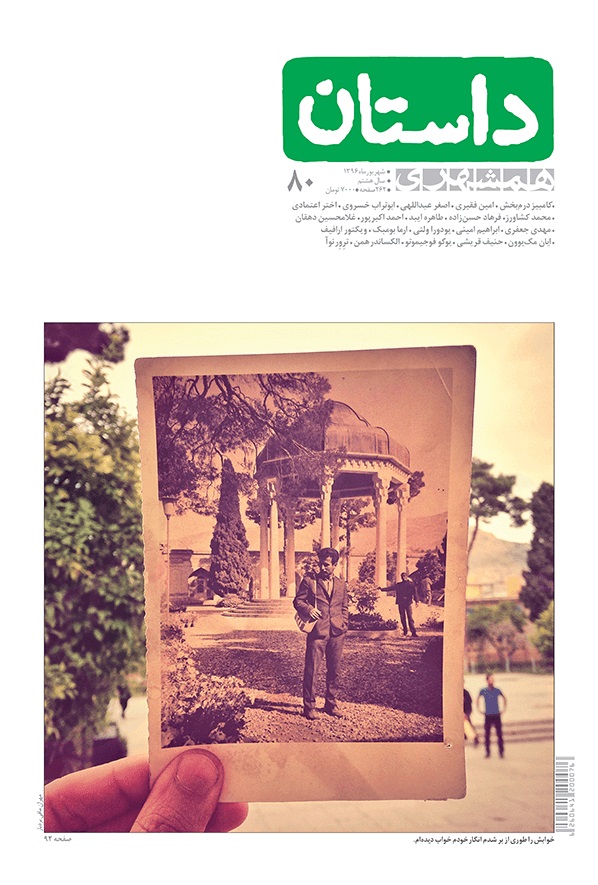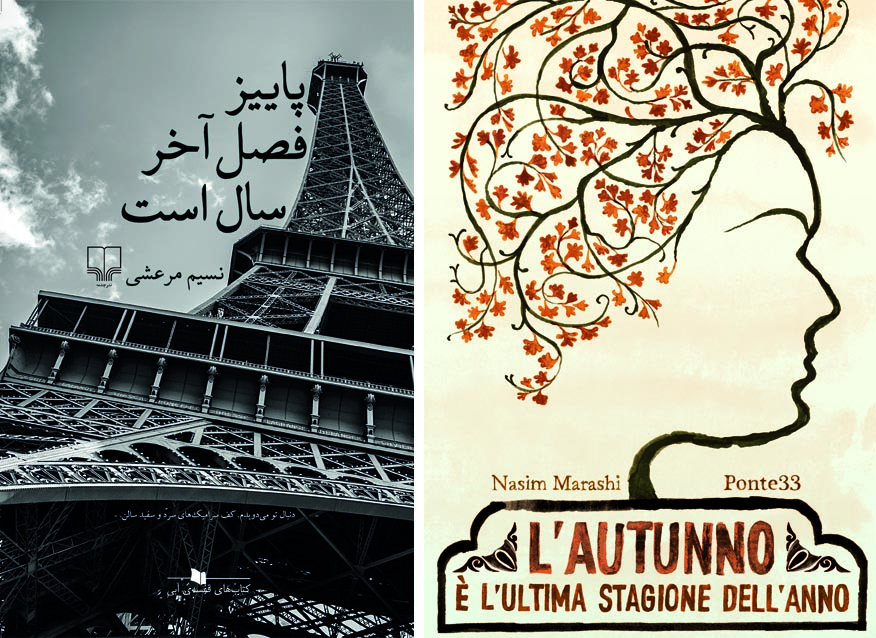


The first issue of Dastan Monthly was published in July 2010 and since then, it has been published regularly (11 issues annually). Right now, Dastan is the only Persian magazine dedicated completely to literature itself (not the news or reviews).
Dastan began with a circulation of 5000 copies, but rapidly and in the course of 6 months reached and passed 20000, becoming the most read literary magazine in Iran. What makes this figure more significant is the fact that the usual book circulation in Iran is around 1000-1500 in every edition. Dastan has tried to target the widest literature audience by standing between the extreme artistic and commercial perceptions of literature. Attending to popular literary forms like memoir, genre story and non-fiction while caring for their narrative quality, has made Dastan’s audience wide enough to cover professional writers as well as students and fond housewives. This quality has been strengthened by magazine’s graphic design which stands on the magazine-book border, and by professional visual works (photographs, paintings, …) that accompany texts.
Nasim Marashi works at Non-fiction section of the Magazine.
http://dastanmag.com/

Leyla, Shabaneh, and Roja have become friends in college and, even though their lives have gone different ways and each character is dealing with her own issues in life, they have formed a strong bond and continue to be important parts of one another’s lives. To tell their stories, the book presents two sections, “Summer” and “Fall.” Each season is divided into three chapters and each chapter is narrated from the point of view of one of the women, giving us a more intimate and diversified access into their lives. The “Summer” section takes place in only a few hours in one specific day of their lives, and the “Fall” section three months later in three nonconsecutive days.
The first character, Leyla has to deal with her past. Her husband has emigrated from Iran; she has refused to accompany him, and now must not only deal with the emotional and psychological burden of losing him but also redefine her social identity. She begins working as a journalist and editor at a newspaper, but the newspaper gets shut down by the government.
The second character, Shabaneh, has a brother who is mentally handicapped. Her mother hates him and this makes Shabaneh even more protective of him. While having to make decisions about her life as an independent woman, figuring her romantic relationship out, and making peace with memories of a traumatic past in which the Iran-Iraq war has played an important role, she constantly thinks about the well-being of her brother and her familial responsibilities.
The third character, Roja, seems to be stronger than the other two women. She has applied to continue her studies in France and hopes to emigrate; but her future crumbles down when, even though she has received university admission, her application for a visa gets rejected.
Despite their differences, these women all “find themselves at intersections of life, struggling to look for a way out of the past and the future, a way towards being able to live happily again or else put their dreams away and come to terms with the realities of life”
